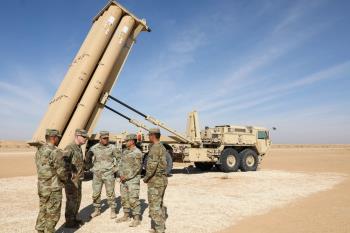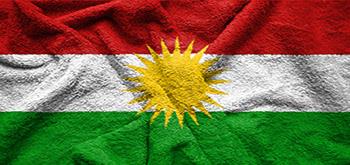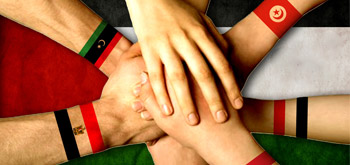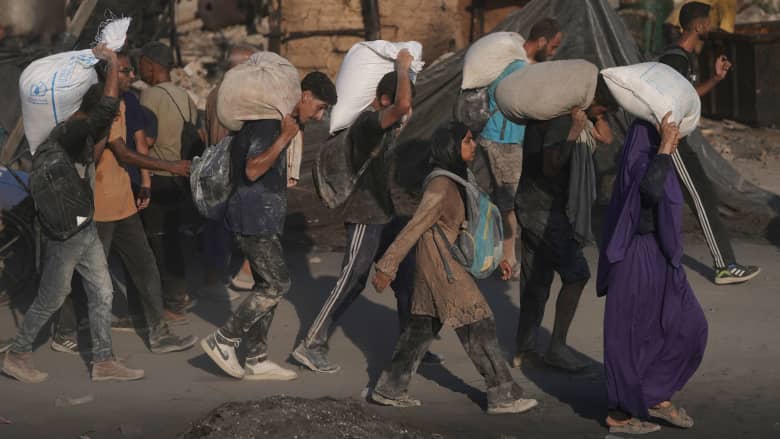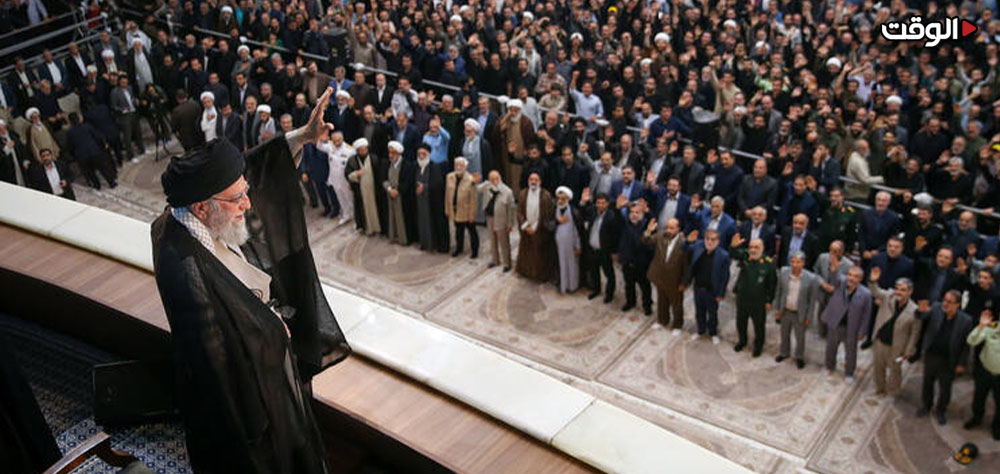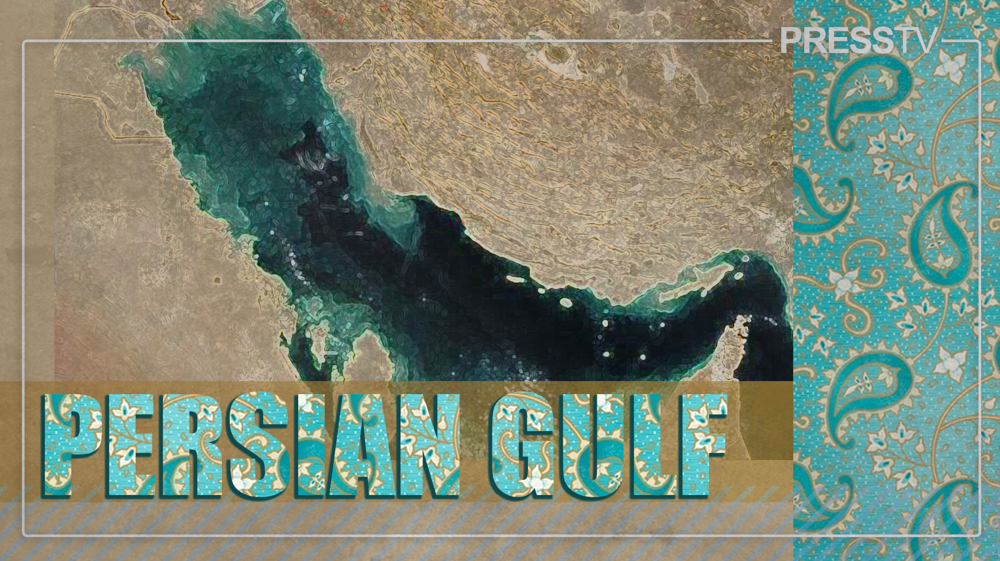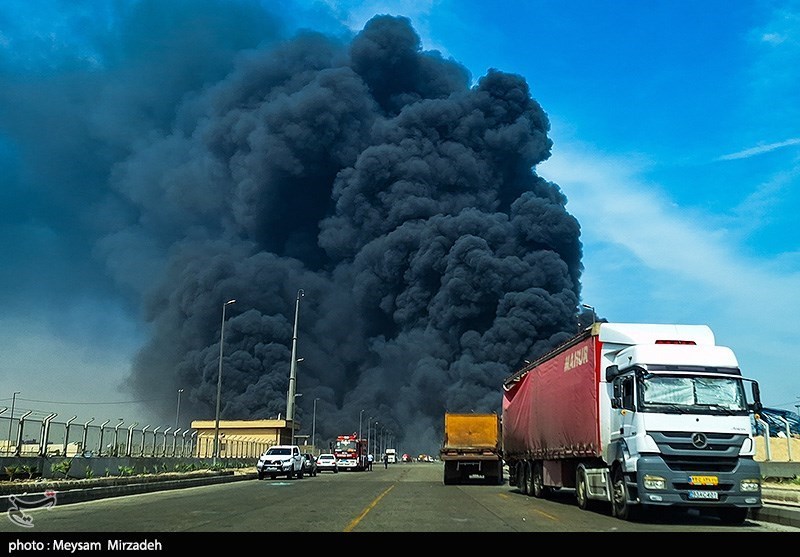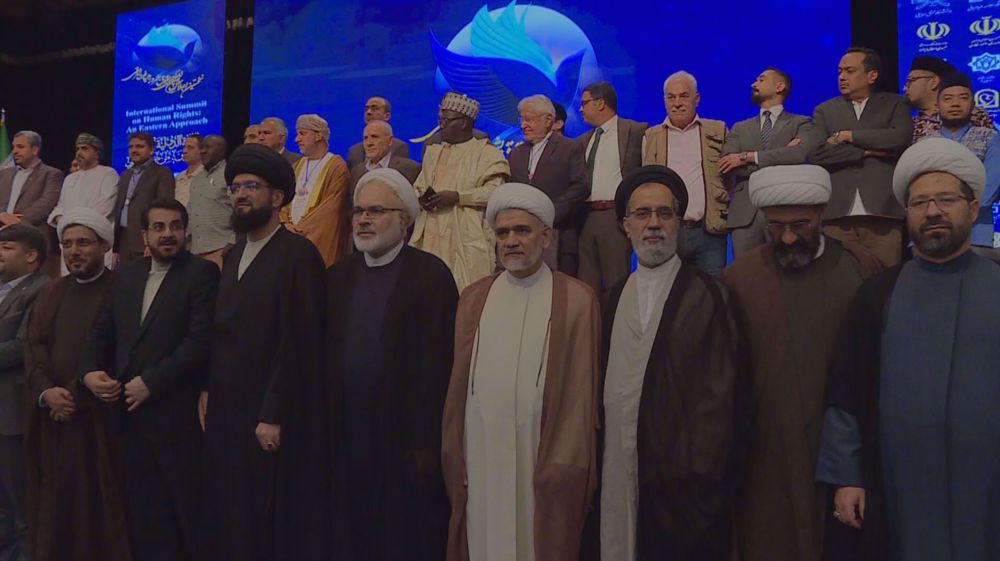Alwaght- The fall of a crate of humanitarian aids airdropped in central Gaza killed a Palestinian civilian on Monday. This Palestinian is very likely not the first one nor is he the last one to fall victim to the show aid operations in Gaza and so far, the airdrops for the Gazans have caused casualties and costs to the displaced civilians.
Relief operations to pacify public opinion
Jean-Pierre Fillio, a French political analyst, believes that the purpose of this type of air aid is only to calm global public opinion that is furious with Israel, not to alleviate the suffering of the Palestinian people. According to this French expert, air aid to Gaza is not a solution to the famine and humanitarian disaster in Gaza, but is more of a show.
Fillio, a prominent university professor and West Asia expert, also told the DW news network that Israel is taking the aids hostage as a tool to pressure the people of Gaza. In his article in the newspaper Le Monde, he stated that air aid and airdrops of aid in war zones are “the least effective way to distribute humanitarian aid.”
Heavy damages in show relief operations
Reports suggest that the airdrops have made heavy losses among the displaced Palestinians in Gaza and many have been killed by the big crates of the aids. At present, Britain, France, Jordan, and Spain have joined the air aid operations in Gaza, but it seems that these operations are more of a show and propaganda than a true aid distribution. Just three days ago, a UAE plane dropped a package to Gaza, but due to failure of the parachute, it killed 5 Palestinians.
Famine in Gaza has gone so far that according to reports, each 25-kilogram case of flour is sold for $1000. In February last year, the “flour massacre” occurred due to improper distribution of flour in Gaza, and at least 118 people were killed in a stampede or by Israeli forces.
History of air aid
Airdrops were first used during World War II to provide food to besieged forces and have since become a vital tool for humanitarian aid. The United Nations first used the method in 1973.
However, according to the 2021 World Food Programme report, airdrops are considered a “last resort” aid measure, used only “when no other options are available.” South Sudan was the last region to receive airdrops during the height of the famine, and Gaza is now experiencing the same situation.
Philippe Lazzarini, head of the United Nations Relief and Works Agency for Palestine Refugees in the Near East (UNRWA), said that airdropping food is “expensive and ineffective, and may lead to casualties and deaths among refugees.” Lazzarini described the airdrops to Gaza as “an operation to distract public attention from the tragedy in Gaza.”
Ciaran Donnelly of the International Relief Committee in London also said that airlifts of aid “can never meet the needs.”
Figures on necessary aid
Joe Inwood, a journalist of the BBC World, estimates that to provide food for each million of the 2 million population of Gaza, over 160 fights daily are needed, but now the flights of one day of relief operations in Gaza are hardly over 20.
Riyad Osman, West Asia expert at Medico International, told a press conference in Berlin that before October 7, 2023, between 500 and 600 trucks a day were reaching the population and economy of Gaza. Today, even 600 trucks a day cannot meet the needs of the Gaza Strip, as not only has Gaza’s basic infrastructure and healthcare system been destroyed, but also agriculture in Gaza has also been completely destroyed. A truck usually contains around 20 tons of relief aid; in addition to food, it often also includes basic medical supplies and drinking water. Currently, fewer than 150 aid trucks enter Gaza a day, and this amount of aid continues to perpetuate the crisis.
Starvation, Israel’s inhumane weapon
Restricting the aid entry to Gaza has been turned into an inhumane weapon for Israel to pressure Gaza.
“There is ample evidence that Israel is using deliberate starvation as a weapon of war,” said Julia Deutscher, Secretary General of Amnesty International Germany. She called on the German government to stop sending arms to Israel and increase diplomatic pressure on the Israeli Prime Minister Benjamin Netanyahu.
Actually, it can be said that aid in Gaza is not a mere technical and logistic issue. Rather, it has become a political, moral and legal matter. The silence or inaction of the influential countries or just dropping some futile and symbolic aid cannot calm the conscience and public opinion of the world. Many observers argue that foreign countries by adopting demonstrative and inefficient relief models have actually evaded their responsibility and only manage the crisis ostensibly without seeking a true solution to the main crisis.

